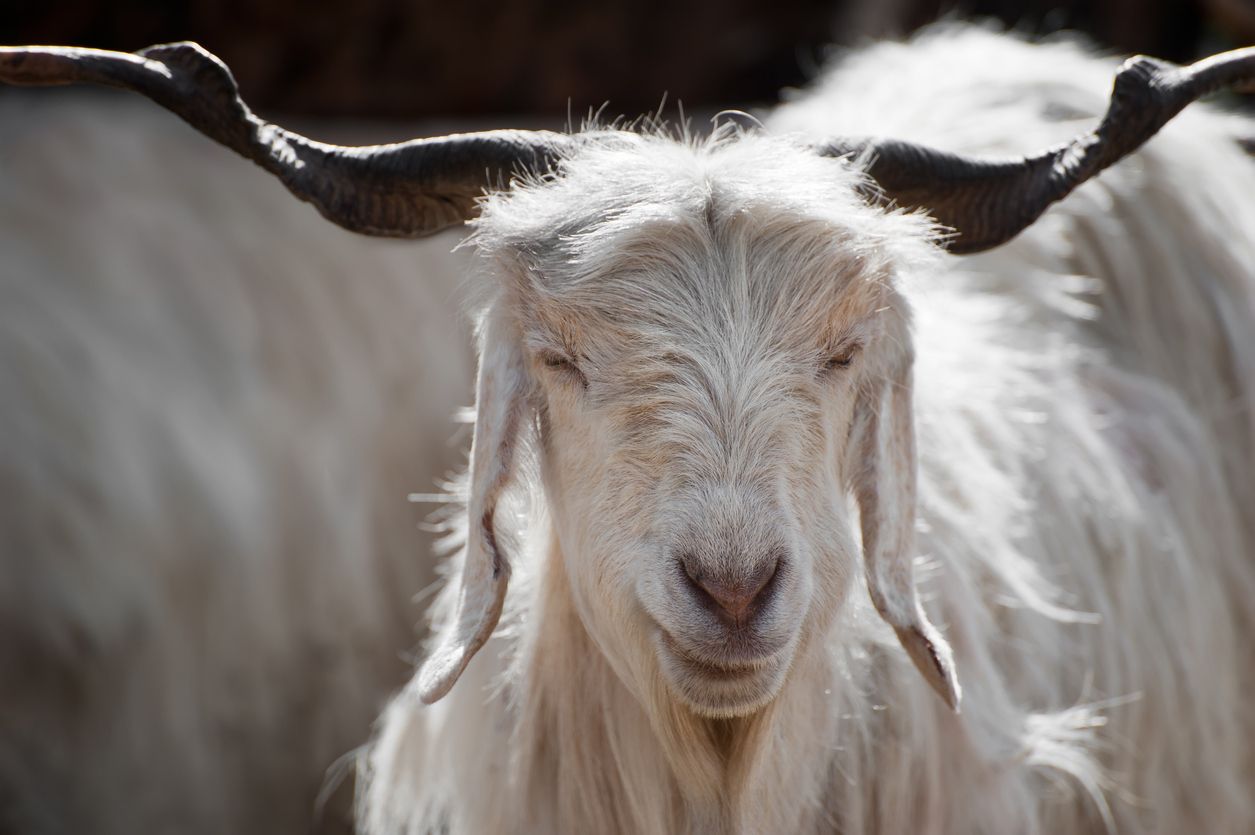Cashmere of the Best
Anyone who has ever had a piece of clothing made of pure cashmere on their skin knows that there is nothing more pleasant. Addiction factor: extremely high! It goes without saying that the noble material has its price when you consider its time consuming harvest and production. It all starts with a very special goat in the Himalayas.
Cashmere is often referred to as cashmere wool. Strictly speaking, this is wrong, because wool is assigned to sheep in textile production. In contrast, the luxurious fiber, which is so cozy and soft, is obtained exclusively from the fluffy undercoat of the cashmere goat. Their original home is the region of the same name in the Indian-Pakistani border area of the Himalayas. For generations, the Kashmiris have been producing high-quality cashmere goods for the international market.
100% handmade in Nepal
“Actually, it was pure coincidence that I came across cashmere,” says the Munich textile producer Moritz Flick, who is selling the finest cashmere scarves, hats and soon also sweaters from the Himalayas on his online portal Bakaree. 100% handmade in Nepal. “During my vacation in Bali in 2019, I met an Indian and we started talking. His family has been working in the textile trade for four generations.“ Not long after that, Flick flew to Nepal to visit the production facilities and to discuss the first items in the collection. Production in Nepal takes place in several small production facilities around Kathmandu, and only cashmere from the region is processed. Each of the little companies is specialized in one area, i.e. scarf production, dyeing/laundry, hand knitting or knitting. In contrast to the often difficult local circumstances, the companies are very clean, well structured and organized. The workers earn good and fair money and work in an orderly environment under humane conditions. “For me, that was one of the preconditions for our Bakaree project,” explains Moritz Flick.
The downy undercoat of the precious goats
The hair is “harvested” in spring by combing it out during the animal’s fur change, which can last for several weeks. The hair is either gray, brown or white and can be colored later. Only the fine, soft and downy undercoat of the goat’s hair is used. After all, it is this part that protects the animals from the cold. Approx. 150 grams of the fluff are combed out per animal. A mechanical process known as “de-awning” dehairse the fleece from the coarse outer hair.… weiterlesen

CultureAndCream Author from Munich
To travel during my profession as a beauty journalist was never enough for my. Also my six month on a world trip didn’t do it. It always attracts me to other cities, foreign countries, on roadtrips and places I don’t know yet. But I am not only interested in “culture” and “cream”, I am also fascinated by people who have stories to tell . Such unique experiences I want to share with you.
